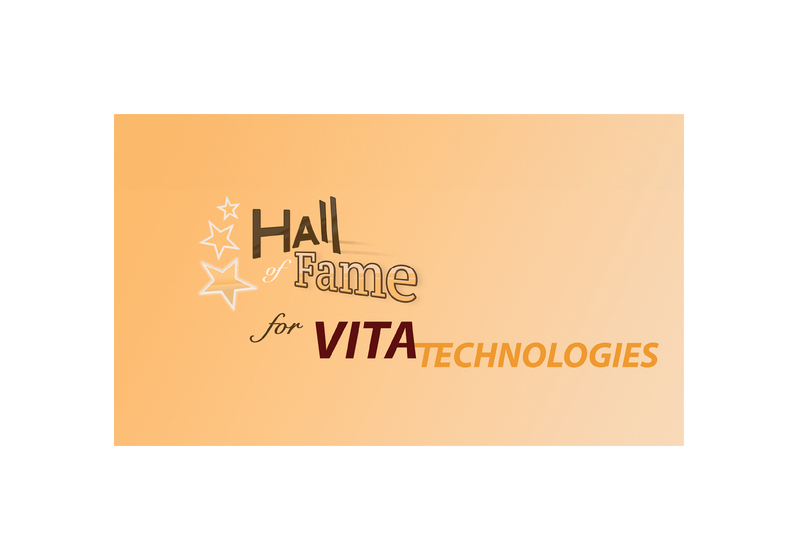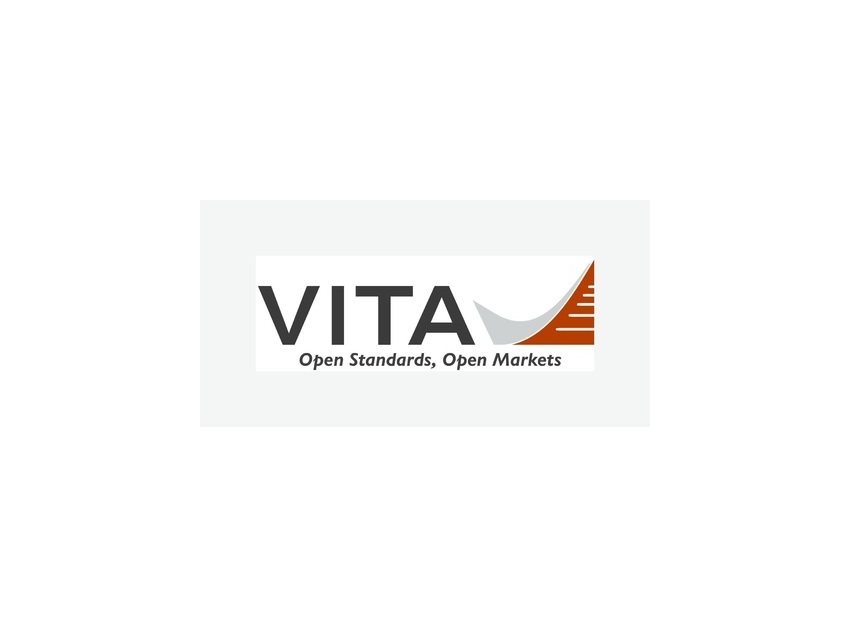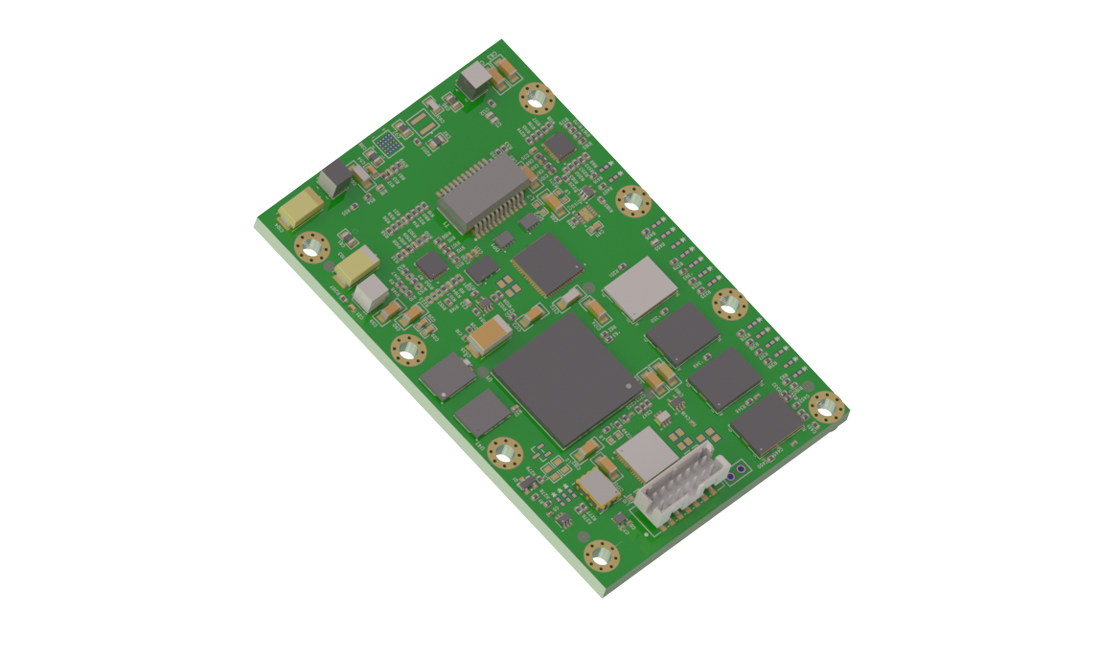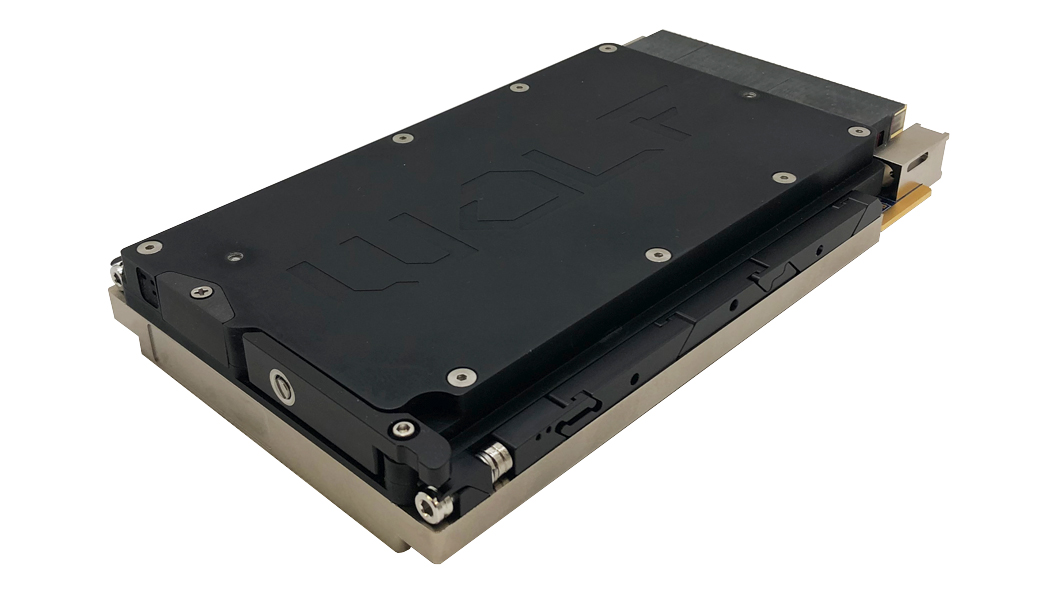The modernization of electricity grids has been brought about by growing energy and power concerns. Smart demand response has emerged as the solution to major electricity challenges and its introduction has resulted in lucrative opportunities for growth of the power industry.
Smart Demand Response Programs and How they Function
Demand response programs are primarily designed to either shift or limit load for a brief period of time. There are two basic types of smart demand response programs: Price-based demand response and incentive-based demand response. Price-based demand response is voluntary and refers to a change in electricity usage by end users as per price signals. The three types of price-based demand response are real-time pricing (RTP), critical peak pricing (CTP), and time-of-use rates (TOU).
Incentive-based demand response programs are contractually mandatory and are established by utilities, grid operators, or load-serving entities. Participating customers get paid for reducing the power consumption as requested by the market players. Incentive-based demand response programs include emergency demand response programs, interruptible/curtailable services, ancillary service market programs, demand bidding/buyback programs, capacity market programs, and direct load control.
Some of the major participants of the smart demand response market are ABB, Eaton Corporation Plc, Johnson Controls, Inc., Siemens AG, Schneider Electric, Landis+Gyr, General Electric, Honeywell International, Inc., Opower, Inc., EnerNOC, Inc., Itron, Inc., and Comverge, Inc.
North America Surpasses All Regional Smart Demand Response Markets
The global smart demand response market comprises four main regions: North America, Europe, Asia Pacific, and Rest of the World. North America has been the largest market for smart demand response, holding an astounding 80% share of the global market in 2013. One of the major factors driving the North America market for smart demand response is the growth of the utility industry over the past several years. This, coupled with the surging demand from electricity markets for the management of scheduled and emergency downtime for power plants, has boosted the smart demand response market in North America. Moreover, demand response is also used as a way to alleviate wholesale prices and overall grid costs in North America and this is likely to accelerate the growth of this regional market.
Europe, Asia Pacific to Bring in Strong Competition
The smart demand response market in Europe is driven by regulatory support, which has not only brought about a change in demand response policies but also resulted in the augmentation of demand response expenditure.
The Asia Pacific market for smart demand response is anticipated to be the fastest growing regional segment in the future. Increased levels of energy consumption, rapid development of the manufacturing sector, and rising adoption of smart demand response are some of the factors anticipated to fuel the growth of this regional market.
Industrial Segment Major End User of Smart Demand Response
By end user, the market for smart demand response is segmented into industrial, commercial, and residential. The industrial segment dominates the overall smart demand response market and analysts predict that this segment will retain its lead over the next few years. There has been increasing demand for environmentally sensible and cost-effective methods that meet the surging needs of electricity systems in industrial settings. Keeping this in mind, numerous governments have introduced financial incentives for industrial as well as commercial end users of smart demand response. This has lent a tremendous boost to the overall market.
A key factor expected to augment the growth of the smart demand response market in the residential sector is the introduction of smart meters and communication technology that will enable utilities to manage residential loads. The residential end-use segment is projected to register the highest growth rate over the decade.
Industry reports have shown that the global market for smart demand response is likely to witness strong growth over the decade. According to a study published by Transparency Market Research, the worldwide smart demand response market was worth US$5,041.4 million in 2013 and this estimated to grow to US$51,478.9 million by 2025, expanding at a 21.6% CAGR from 2014 to 2025.






